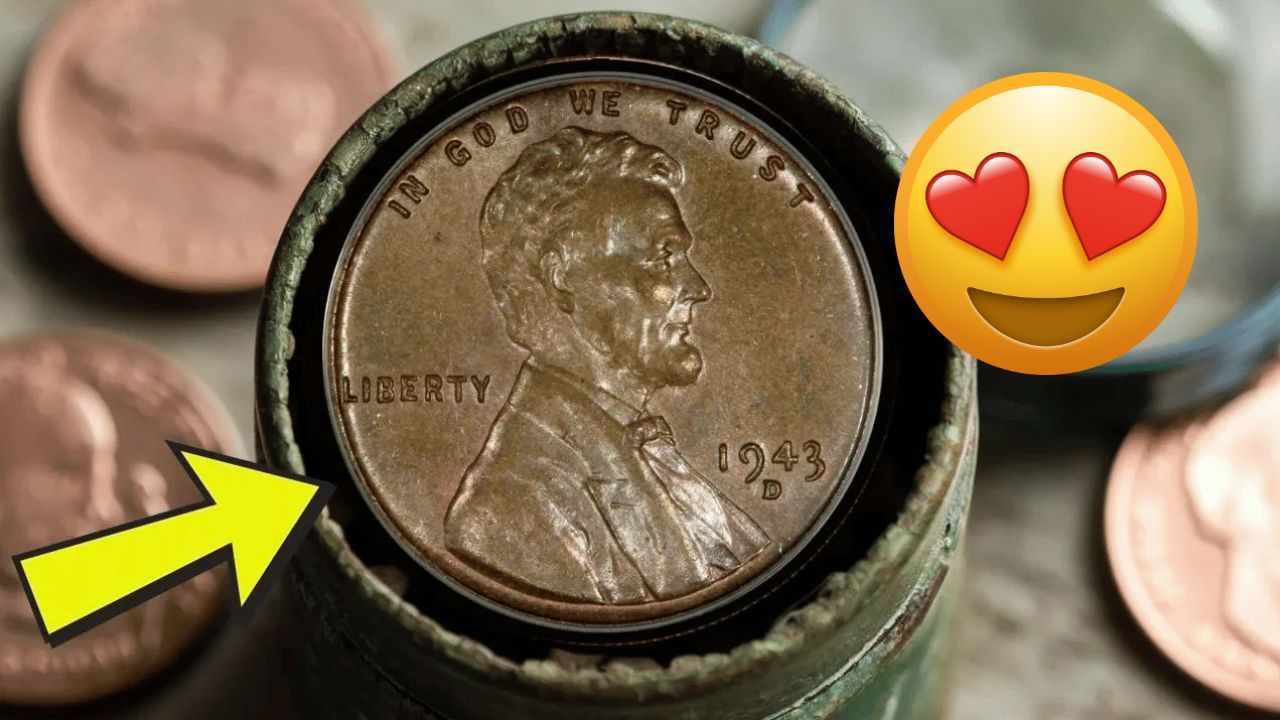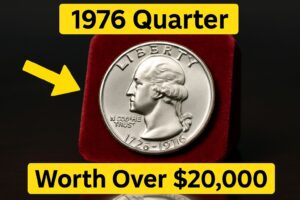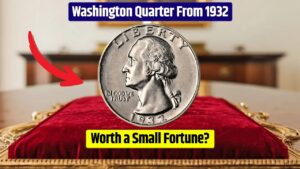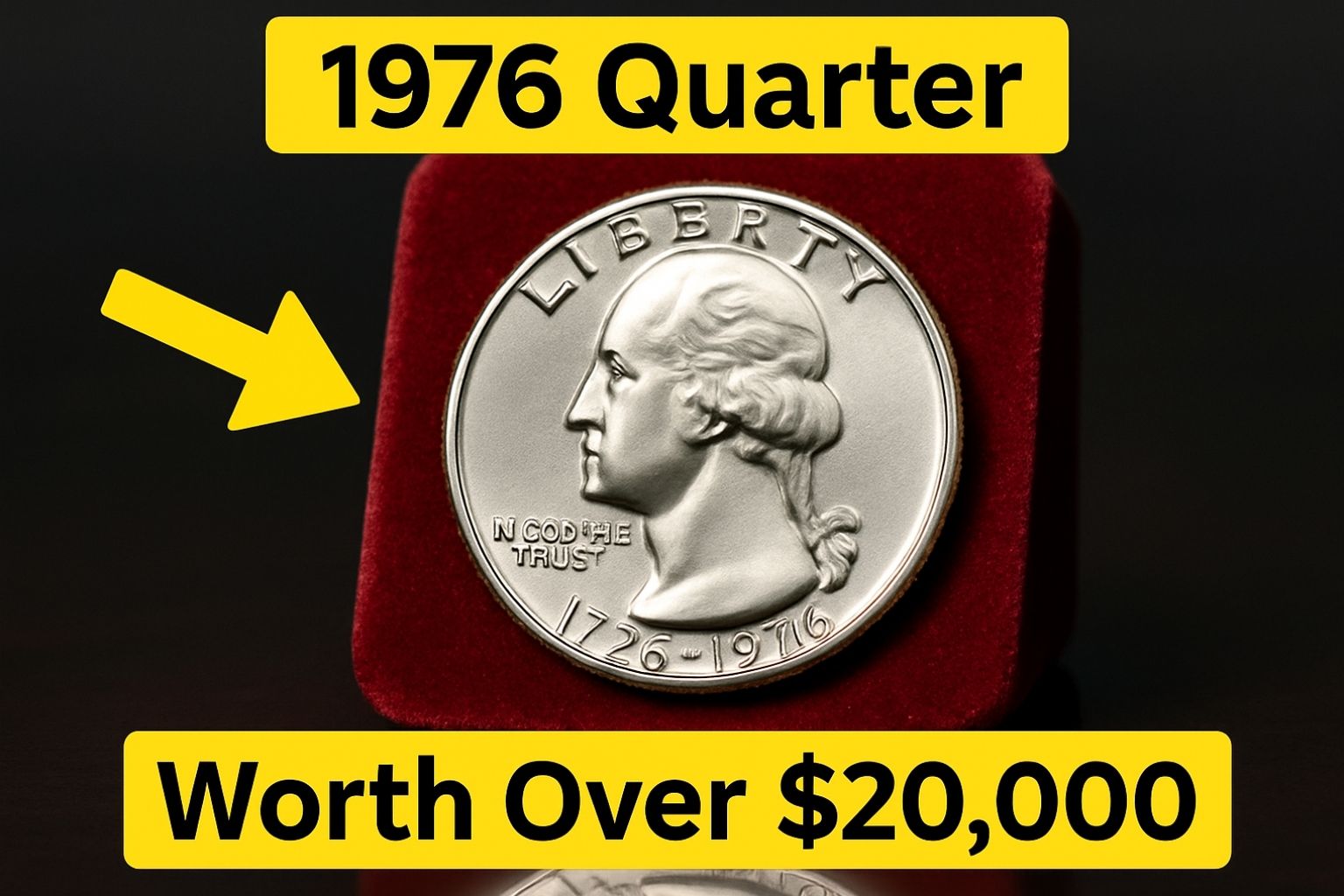Some stories don’t start with a spotlight—they start with a spiderweb, dust, and a creaky shed door that hasn’t opened in decades. That’s exactly where one Pennsylvania family’s quiet weekend chore turned into a headline-worthy moment: cleaning out their late grandfather’s old work shed. You know the type—half tools, half time capsule.
But nestled inside that rust-flaked ammo can, amid the grit of war relics and half-dissolved paper, was something deceptively ordinary: a handful of old coins. Nothing shiny. Nothing fancy. Until one penny—just one—caught a weird glint in the light.
It didn’t look right. It didn’t feel right. And as it turns out… it wasn’t just right. It was rare.
Not Your Average Lincoln
The year stamped on it? 1943.
The color? Not that familiar copper tone. This thing was silver-gray, with a metallic twinkle that said, “Hey, I’ve seen some stuff.”
Turns out, this little guy wasn’t a mistake—it was a wartime necessity. In the throes of World War II, copper was in high demand for bullets, shell casings, wiring—basically, anything the military could melt and repurpose. So in 1943, the U.S. Mint made a bold move: pennies would be made from zinc-coated steel, not copper.
Millions were printed. Most rusted out or got tossed in with washers and nails. But this one? This one survived. Somehow, it avoided corrosion, oxidation, and every other “-ion” that turns coins to trash. Why? Probably thanks to that sealed, air-tight ammo can it lived in for nearly half a century. Irony at its finest: a bullet box protected a bullet-saving coin.
From Forgotten to Famous
After a bit of gentle cleaning and some amateur Googling, the family decided to bring in the pros. And just like that, numismatists (fancy word for coin nerds) went full Sherlock Holmes.
The verdict: an authentic 1943 steel penny in near-pristine condition.
Here’s the kicker—while these coins aren’t super rare (tens of millions were made), finding one in this shape is like stumbling on a mint-condition comic book in your grandpa’s attic. It’s not just old—it’s untouched. And that changes everything.
Auction houses jumped on it. Early appraisals clocked its value anywhere between $10,000 and $25,000, based on its condition, authenticity, and—maybe most importantly—the backstory. A coin like this isn’t just metal; it’s a frozen sliver of American history.
Why This Penny Hits Different
Let’s break it down. What makes this steel cent so special?
| Feature | Why It Matters |
|---|---|
| Date (1943) | Tied to WWII copper conservation |
| Material | Zinc-coated steel, used for only one year |
| Condition | Exceptional, due to ammo can storage |
| Provenance | Tied to a WWII veteran’s personal effects |
| Narrative Value | Adds emotional and historical weight to auction bids |
As one auction rep put it: “This isn’t just a coin. It’s a story you can hold in your hand.”
The Ripple Effect: Everyone’s Checking Their Jars Now
Since the news broke, coin collectors (and wannabe treasure hunters) have been diving into junk drawers, cookie tins, and childhood piggy banks with renewed vigor. Could that weird penny in your laundry change your life? Probably not. But… maybe?
The beauty of stories like this isn’t just the money—it’s the reminder. That history lives all around us, and sometimes, what we see as clutter is actually priceless. Or at least, worth more than a gumball.
Beyond the Buck: What This Coin Really Means
For the family that found it, this penny’s value goes beyond its final auction price. It’s a tangible connection to their grandfather—a man who lived through war, saved tiny mementos, and unknowingly tucked away a piece of history that would outlive him by decades.
It’s a reminder of the randomness of value, how sometimes life just tosses you a win because you decided to clean the shed on a Sunday afternoon.
And for the rest of us? Maybe it’s time to give those old jars and shoeboxes a second look. You never know which one-cent coin could be worth a small fortune.
FAQs
Are 1943 steel pennies always valuable?
Only if they’re in excellent condition. Most are worth under $1, but pristine ones can fetch serious cash.
How can I tell if my 1943 penny is steel or copper?
Easy: grab a magnet. Steel cents will stick. Copper ones won’t—and if it’s really a copper 1943 penny? You might have a million-dollar coin on your hands.
Should I clean old coins I find?
Nope! Cleaning can destroy value. Leave that to professionals.
Why did the mint switch back to copper after 1943?
Steel cents rusted, jammed vending machines, and were mistaken for dimes. It was a one-year experiment.









